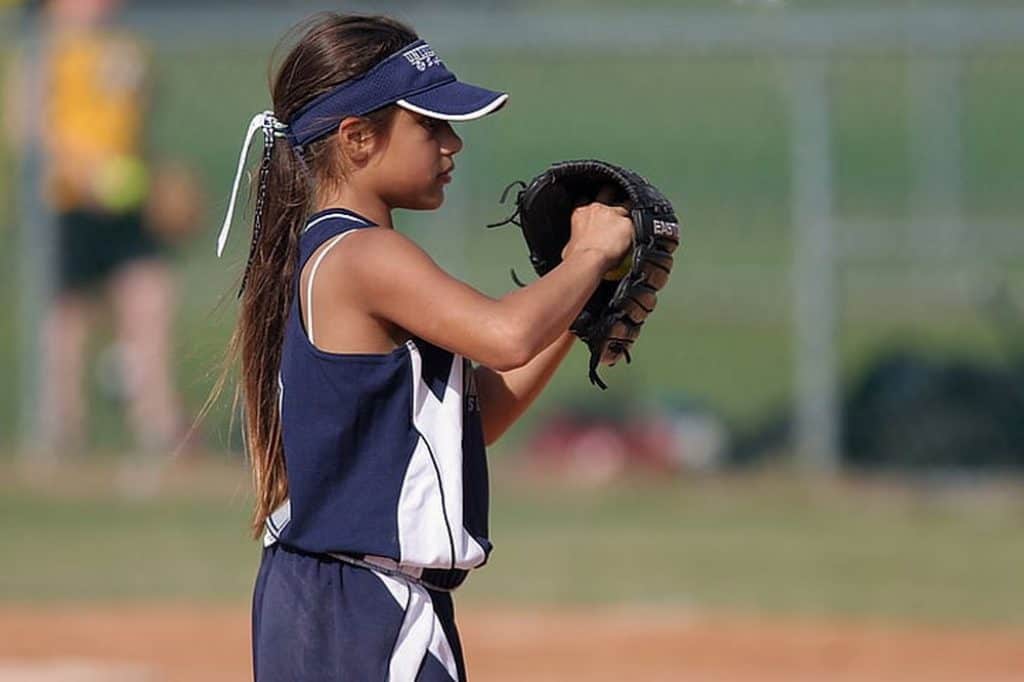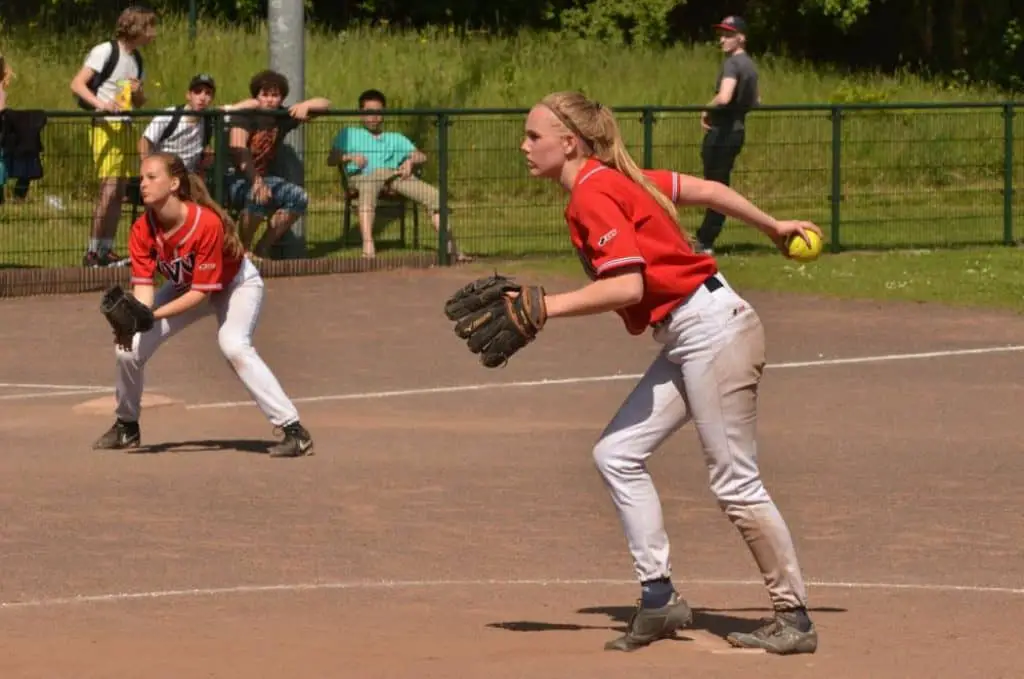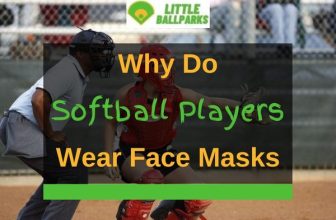What Is A Perfect Game In Softball? (Solved!)
In every single game, softball pitchers face a tremendous amount of pressure.
Knowing that a single mistake can mean the difference between winning or losing makes their job one of the toughest in all the sports.
They’re a part of every play and each batter that the pitcher comes against requires a different approach and strategy.
So, no position is more important, nor does it contribute more to the win or loss than the pitcher.
Striking out just one batter is a feat on its own, not to mention doing it several times during the same game.
And then, there’s the perfect game, the crowning achievement, and the rarest feat a pitcher in softball can achieve.
It’s so rare, that the large majority go their whole careers without ever achieving one.
Below, I’ll explain in detail what is a perfect game in softball and how it differs from a no-hitter game.
Table of Contents
What Is A Perfect Game In Softball?
A perfect game in softball occurs when one pitcher completes the whole 7-inning game while not allowing any batter from the opposing team to reach the base or even hit the ball.
This means that the pitcher has to record 21 outs in succession to finish the game.
Perfect games are credited to the pitcher and they do, indeed, deserve most of the praise for this feat.
However, unlike no-hitters, perfect games are also accomplishments of the entire defense, as it requires that the pitcher, infielders, and outfielders make no mistakes.
During the perfect game, the defense can’t allow any hits, walks, no fielding errors allowing a base run, no interference, and no uncaught third strikes.
So, a single mistake by a single player, such as an infielder bobbling a caught ball, can easily ruin the perfect game as long as it leads to the runner reaching the base.
How Often Do Perfect Games Occur In Softball?

Due to the nature of the sport, perfect games in softball occur more often than in baseball.
While there were only 23 perfect games in the entire MLB history, the NCAA Division I Softball, probably the highest level of the game, generally sees a lot more perfect games each season.
In 2019, the last full season played before the Covid-19 pandemic, there were an incredible 28 perfect games thrown in Division I.
However, that number is pretty much an anomaly, and, usually, there are only a few perfect games per season.
There would likely be even more of these if there wasn’t the NCAA mercy rule which ends the game prematurely if one of the teams is too far ahead.
Because of this, plenty of pitchers on the way to the perfect game don’t get to complete the full 7 innings due to their team having a big lead.
What Is A No-Hitter In Softball?
Also known as a no-hit game, a no-hitter in softball occurs when a pitcher completes the game without giving up any hits to the opposing batters.
For a complete no-hitter, a pitcher has to throw for the entire 7 innings or 21 outs without batters connecting for a hit even once.
In case that there were no hits, but more than one pitcher has stepped up to the pitching circle, then that game is a combined no-hitter.
As a no-hitter only implies that there were no hits, the opposing team can reach the base during that type of game.
The difference is that base runs happen in other ways, such as walks or errors. So, even when they record a no-hitter, the pitcher may still give up runs.
Because of this, in very rare cases, the team whose pitcher has recorded a no-hitter may even lose the whole game.
Who Has The Most No-Hitters In Softball History?

Obviously, in softball, no-hitters happen far more often than perfect games, so there are plenty of players with multiple no-hitters in their careers.
Plus, similar to perfect games, no-hitters in softball are much more frequent than in baseball.
Nevertheless, they’re still fairly rare and are considered to be quite an accomplishment for any softball pitcher.
The player with the most no-hitters in NCAA softball history is Michele Granger of the California Golden Bears softball college team.
Granger pitched a total of 183 games during her four-season collegiate career and recorded an astonishing 25 no-hitters during that time.
Nine of those came during the same season. In addition, Golden Bears’ ace also recorded five perfect games.
This means that during her entire college career, more than 16 percent of her pitching appearances were either perfect games or no-hitters.
Furthermore, Granger has a career ERA of 0.46 and 119 wins.
What Is The Difference Between A No-Hitter And A Perfect Game In Softball?
Even though they’re both difficult to achieve, a perfect game is more valued than a no-hitter and occurs in softball with far less frequency.
As they mean that no opposing hitter has reached the base or recorded a hit, perfect games are also always no-hitters.
The reversed situation may not necessarily be true.
A pitcher may record a no-hitter and still not have a perfect game and even lose the game in question.
No-hitter simply implies that there were no hits by opposing batters.
However, the opposing team may reach the base through an error, walk, or a batter hit by a pitch, which all ruin the perfect game.
Conclusion
The excitement felt on the softball field as a pitchers make their way towards a perfect game or no-hitter tells you all you need to know about how valued these accomplishments are.
When they happen, perfect games are special feats, not only for pitchers, but for all the other players and remain in the lasting memory of anyone lucky enough to witness such a game.
There’s even plenty of superstition involved as teammates usually don’t approach or talk to the pitcher while they’re on a no-hitter pitching streak.
Pitchers who are lucky, but also capable, enough to achieve one of these remarkable feats have their names written in history books and their accomplishment is long remembered by their teams or schools.




